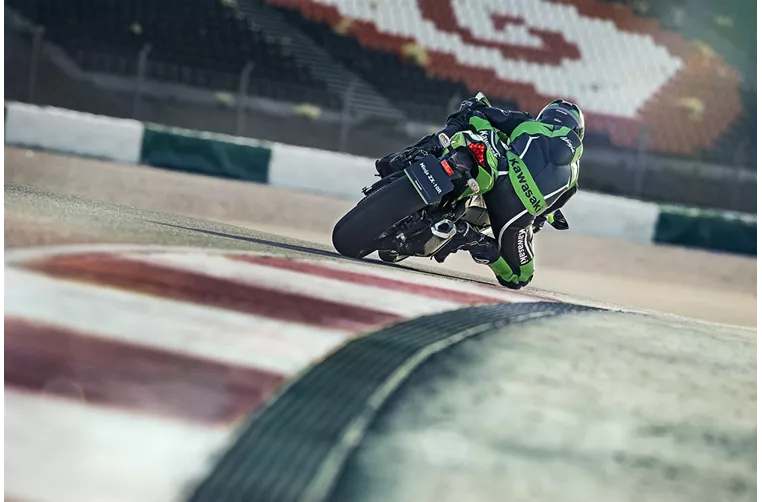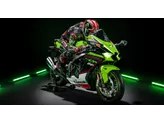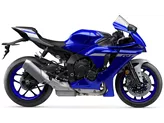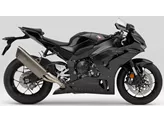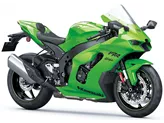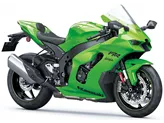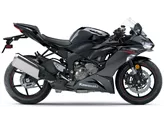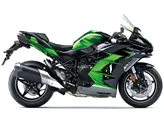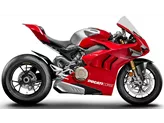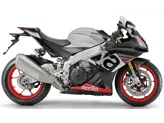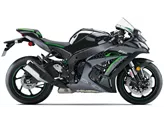Kawasaki Ninja ZX-10R 2016 vs. Kawasaki Ninja ZX-10R SE 2018
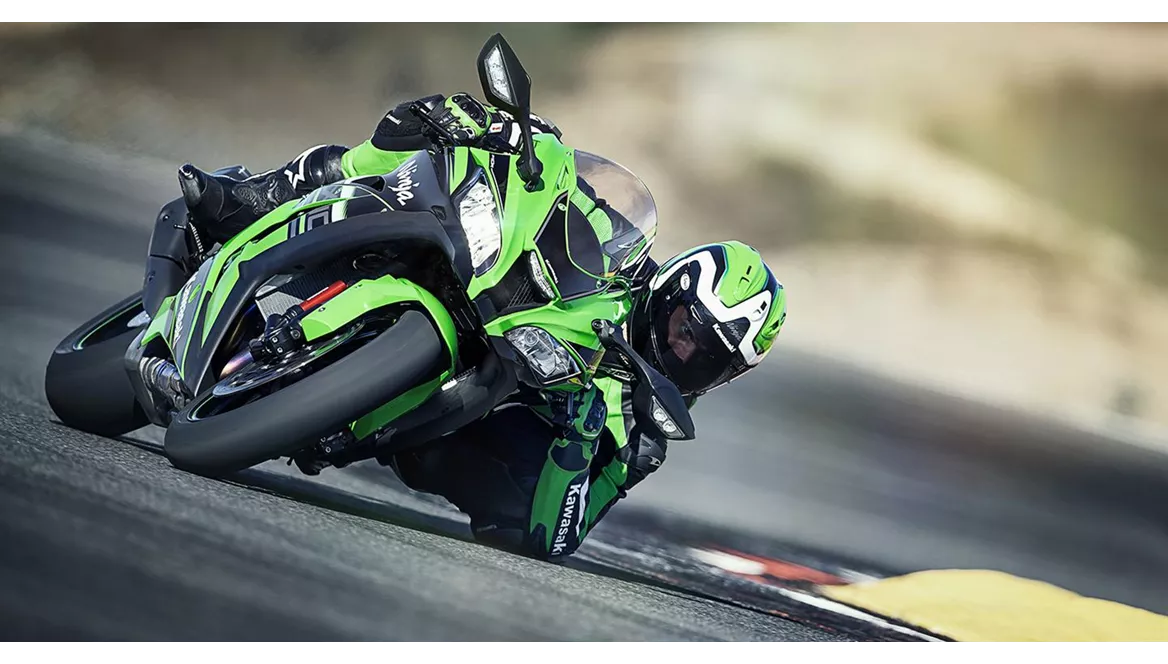
Kawasaki Ninja ZX-10R 2016

Kawasaki Ninja ZX-10R SE 2018
Vue d’ensemble - Kawasaki Ninja ZX-10R 2016 vs Kawasaki Ninja ZX-10R SE 2018
The Kawasaki Ninja ZX-10R model year 2016 and the Kawasaki Ninja ZX-10R SE model year 2018 are both supersport motorcycles with similar technical specifications. They both have an inline four-cylinder engine with a bore of 76 mm and a stroke of 55 mm. The engine power is 200.1 HP in both models, with a torque of 114.3 Nm in the 2016 model and 113.5 Nm in the 2018 model. The compression ratio is 13 in both models, and they both have a displacement of 998 ccm.
In terms of suspension, both models have upside-down telescopic forks at the front and a swing arm with a monoshock at the rear. The suspension adjustments include compression, preload, and rebound. The rear suspension material is aluminum, and the frame is also made of aluminum in both models.
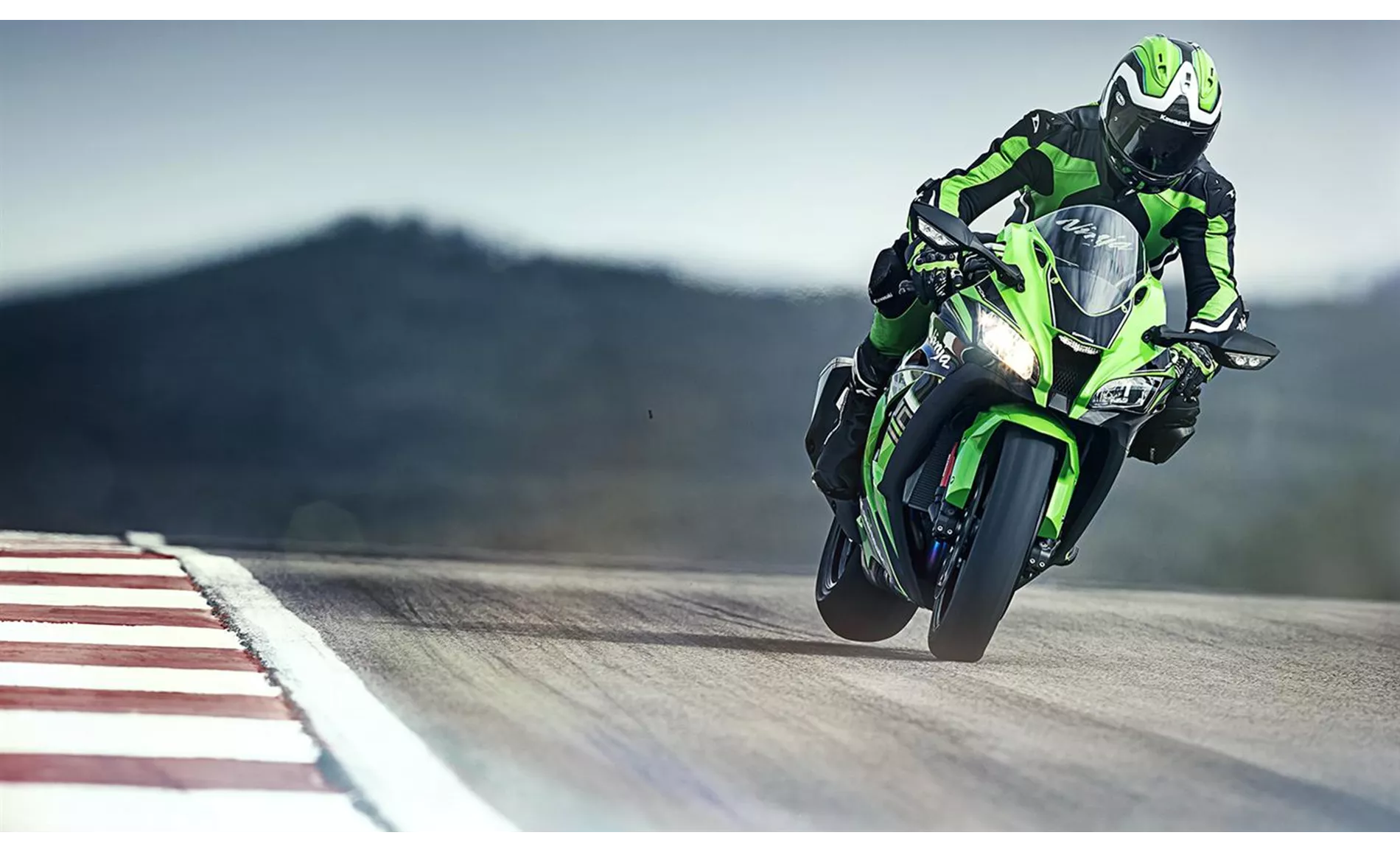
Kawasaki Ninja ZX-10R 2016
The braking system in the front consists of double disks with radial and petal technology in the 2016 model, while the 2018 model has radial technology. The dimensions and weights of the tires are the same in both models, with a front tire width of 120 mm and a rear tire width of 190 mm. The wheelbase is slightly longer in the 2018 model, measuring 1440 mm compared to 1415 mm in the 2016 model. The seat height is also higher in the 2018 model, measuring 835 mm compared to 813 mm in the 2016 model. Both models have a fuel tank capacity of 17 liters.
The strengths of the Kawasaki Ninja ZX-10R 2016 include its great chassis geometry, high-quality chassis components, very good brakes, and a wide range of electronics on board. On the other hand, the weaknesses of this model include a cockpit that is not quite optimal readable.

Kawasaki Ninja ZX-10R SE 2018
The strengths of the Kawasaki Ninja ZX-10R SE 2018 include great confidence in a well-functioning package, surprisingly great ride comfort even during brisk laps on the Nordschleife due to its electronic chassis, and very good components at all corners and ends. The geometry, chassis, and steering dampers of the 2018 model simply fit really well. It is also described as powerful and rev-happy in the upper rev range. However, the weaknesses of the 2018 model include long gearing with little pressure in the rev range, which requires more gear changes than one would like to make on a 1000cc motorcycle. The information on the display is also not large enough in hectic situations, and the overall impression appears high-quality but is no longer up-to-date.
In conclusion, both the Kawasaki Ninja ZX-10R 2016 and the Kawasaki Ninja ZX-10R SE 2018 have similar technical specifications and strengths in terms of chassis and components. However, the 2018 model offers improved ride comfort and better overall performance. The 2016 model has a slight advantage in terms of cockpit readability, while the 2018 model has some weaknesses in terms of gearing and display information.
Caractéristiques techniques Kawasaki Ninja ZX-10R 2016 par rapport à Kawasaki Ninja ZX-10R SE 2018
Avantages et inconvénients en comparaison
Avantages et inconvénients en comparaison
Kawasaki Ninja ZX-10R 2016
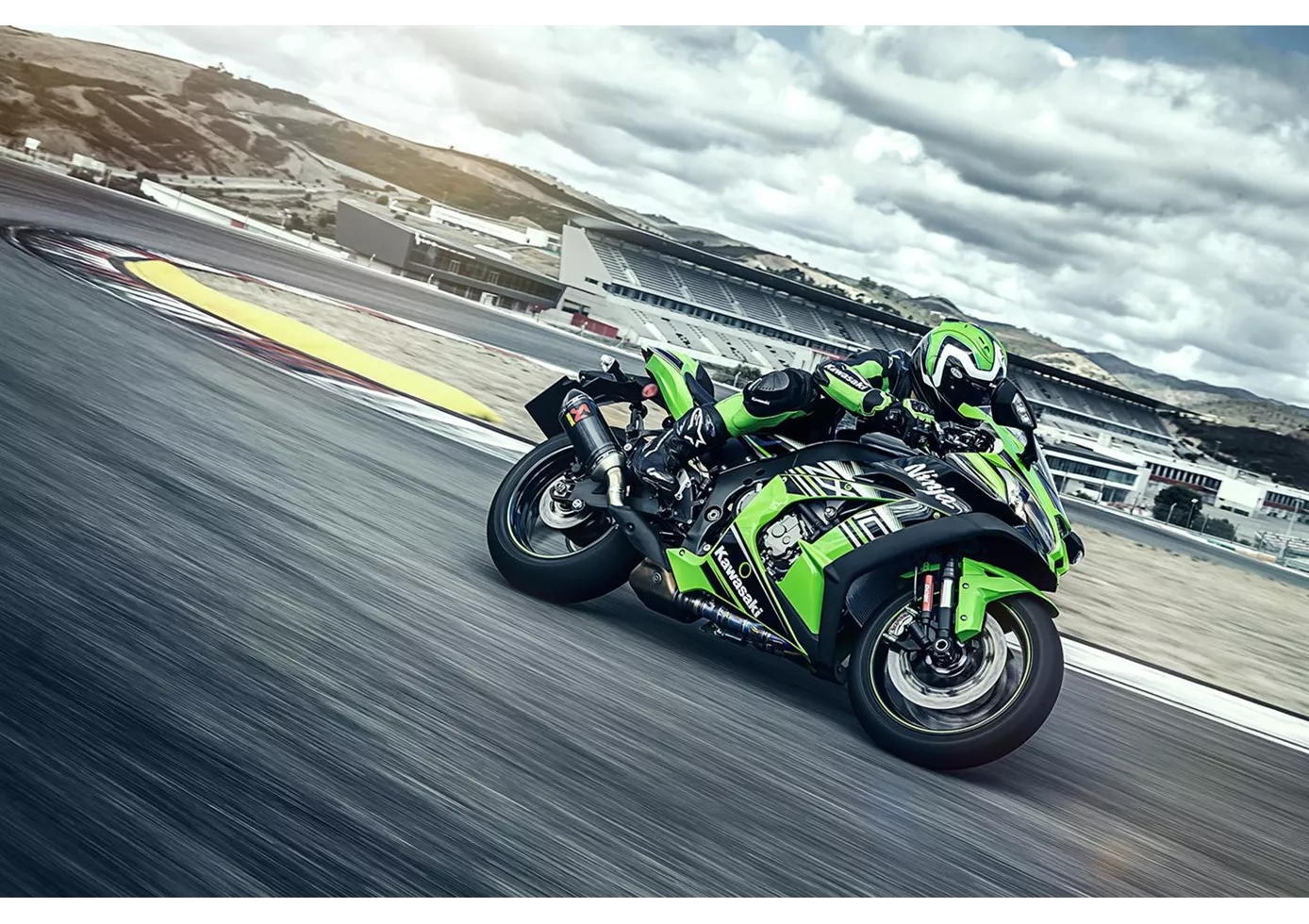
La ZX-10R Ninja a une certaine majesté, lors du premier roulage elle semble très stable, il faut la forcer un peu dans le rayon. Mais après quelques tours, cet effet se transforme en une incroyable précision qui permet de suivre une ligne bien ciblée. Le moteur est maintenant vraiment devenu sensiblement plus puissant et fait de la Kawa un énorme paquet global qui ne peut pas seulement plaire aux fans inconditionnels de Kawasaki. Le contrôle de traction se distingue de manière particulièrement positive sur la Kawa, il régule de manière très sensible. On peut même régler le frein moteur - elle ne manque donc certainement pas de fonctionnalités électroniques. La ZX-10R est la seule Superbike à être compatible avec la norme Euro4 dès 2016 !
Kawasaki Ninja ZX-10R SE 2018

La Kawasaki Ninja ZX-10R SE, année modèle 2018, est une moto destinée aux amateurs de moto bien équipés financièrement, qui ne se préoccupent guère des réglages de châssis, en particulier sur la Nordschleife. La machine est sophistiquée, inspire confiance, se comporte de manière fiable et rapide. On peut et doit faire confiance sans hésiter au châssis électronique. La conduite avec le châssis fantomatique est alors un plaisir.
Comparaison des prix Prix moyen du marché Kawasaki Ninja ZX-10R vs Kawasaki Ninja ZX-10R SE
There are a few key differences between a Kawasaki Ninja ZX-10R 2016 and a Kawasaki Ninja ZX-10R SE 2018. In terms of price, the actual average price of a Kawasaki Ninja ZX-10R SE 2018 is about 4% higher. A Kawasaki Ninja ZX-10R 2016 experiences a loss of 1,650 USD in one year of ownership. This is offset by a loss of 4,490 USD for a Kawasaki Ninja ZX-10R SE 2018. There are the same number of bikes of both models available on the 1000PS.de marketplace, specifically 4. It takes less time to sell a Kawasaki Ninja ZX-10R with 100 days compared to 314 days for a Kawasaki Ninja ZX-10R SE. Since model year 2005 1000PS.de editors have written 51 reviews for the Kawasaki Ninja ZX-10R and 5 reviews for the Kawasaki Ninja ZX-10R SE since model year 2018. The first review for the Kawasaki Ninja ZX-10R was published on 1/11/2004 and now has more than 2,900 views. This compares to more than 30,700 views for the first review on Kawasaki Ninja ZX-10R SE published on 11/7/2017.
